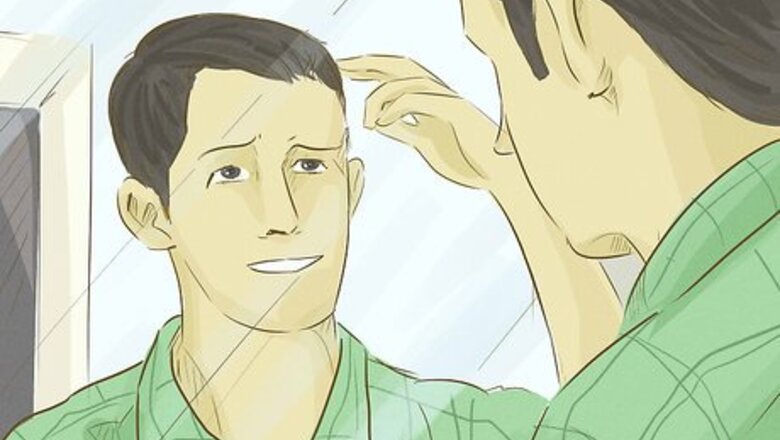
views
Evaluating Hair Loss
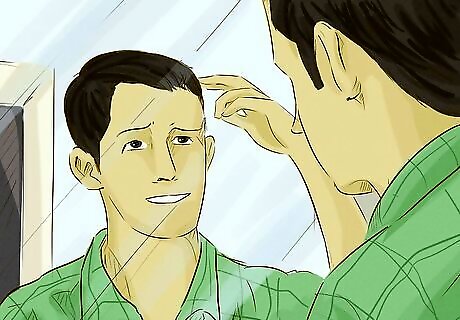
Take a good hard look at your head in the mirror. Just because you see hair on your pillow or in the shower drain, doesn't mean you're going bald. Look at the hair on your head. Receding hair lines may be a sign you're "going bald." Patchy hair loss may be associated with other causes. It is important to fully evaluate these other possible causes, as hair loss can be indicators of other health problems.
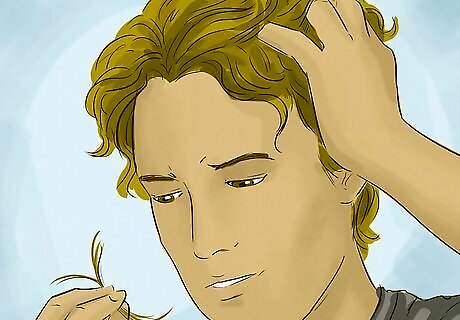
Understand that you're always shedding hair. Most people lose anywhere from 50 to 100 hairs a day. If you're concerned because you've recently been noticing your hair falling out, this information can be comforting. Know that there are many reasons for hair loss. Evaluate your situation. Hair loss can have one or more contributing factors. The most common factors are age and genetics. If you have hit puberty, and your hair is gradually but steadily thinning, this is perfectly normal. The most common reason for hair loss is genetics. Patterns of baldness in your family may be a good indicator as to whether or not you are going bald yourself. 95% of hair loss in men is male-pattern baldness. 40% of men have noticeable hair loss by age 35. Most baldness in women occurs after menopause. Half of men over the age of fifty experience some sort of hair loss.
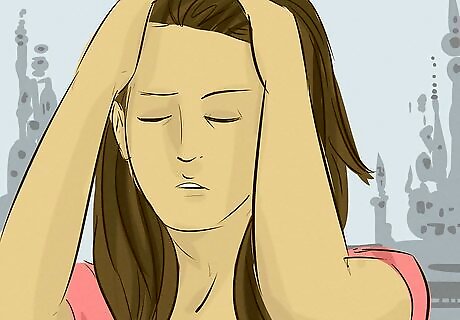
Gauge your levels of stress. Stress can cause hair loss both directly and indirectly, via a variety of biological mechanisms. Taking control of your stress levels will help you to reduce related hair loss. Unchecked, this level of stress is a threat to your health. This doesn't pertain to little stressors in life; it refers to things that make you lose sleep, or cause big changes in appetite. Try activities such as meditation, jogging, team sports, or yoga to help you manage stress. One common cause of baldness is the level of testosterone in the body, which can be dictated by your genetics and stress. Try stress-relieving activities, or spend more quality time with your family. Stress releasing activities have shown a decrease in speed of the balding process. Shock is another factor that can lead to hair loss. Your body is not a series of separate parts stuck together. If you've suffered a traumatic event in the recent past, such as sudden change in lifestyle, a death in the family, or loss of an important job, suffering hair loss a few months later is normal. Oxidative stress, caused by your body's exposure to free radicals, has been shown to contribute to hair loss. Antioxidants such as those found in a variety of foods, such as blueberries, acai, and green tea can help to minimize this kind of stress on your body.
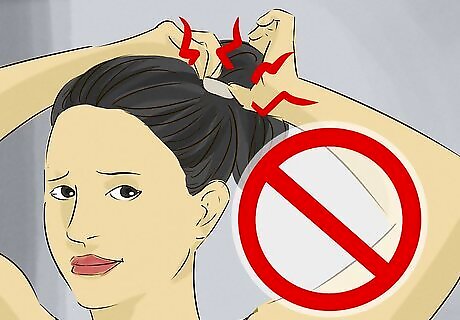
Stop self-inflicted hair loss. Don't abuse your hair. Some causes of hair loss are self-inflicted. A variety of styles and treatments for hair can cause serious damage to your hair and scalp. Take extra care not to induce baldness in the pursuit of fashion. Hair that's put up too tightly can slowly be pulled from the roots. If you like pigtails or tightly-braided hair, try relaxing the binding a little. This will help to reduce tension on the roots. Hair loss of this kind is called traction alopecia. Over-use of hair treatments, dyes, and permanents can leave your hair brittle, fragile, and eventually they can lead to hair loss.
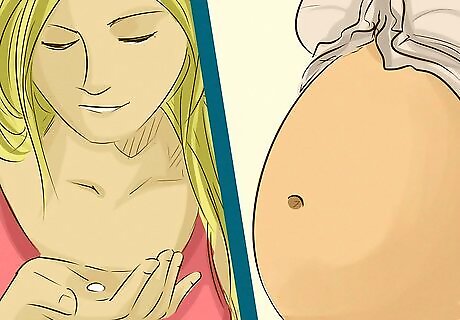
Look for other bodily changes that may indicate hormonal changes. Hair loss may not be related to hereditary baldness patterns. It can also be caused by hormonal factors. A doctor can help you to evaluate your levels of hormones. Typical male-pattern baldness or female-pattern baldness is caused by sex hormones that trigger a permanent pattern of hair loss. Other hormonal factors that can cause temporary hair loss are those brought on by pregnancy, childbirth, menopause, or discontinuing birth control pills.
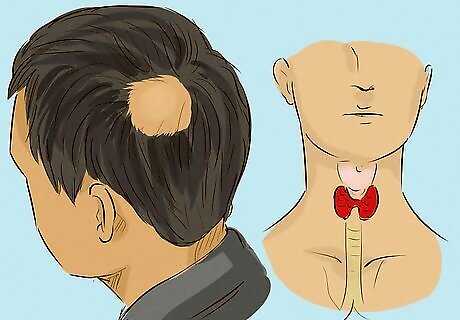
Look for other conditions. There are also medical factors that can trigger hair loss—some temporary, some permanent, depending on the type of problem and its severity. Thyroid problems can result in hormone imbalances that lead to hair loss. Alopecia areata is an immune system disorder that causes your body to attack hair follicles. If you find your hair loss in the form of smooth, round patches, this may be the cause. Malnutrition Scalp infections such as ringworm can cause your hair to fall out, though ridding your head of infection will usually result in renewed growth. If you suspect any of these problems are causing your hair loss, seek a physician.
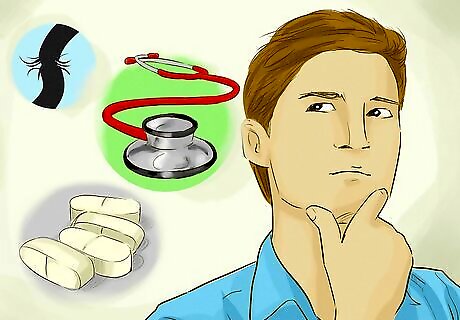
Look for medicinal factors. If you're treating chronic conditions such as high blood pressure, heart problems, depression, arthritis, or cancer, prescription drugs meant to treat these conditions can cause hair loss. If you're concerned that this is the case, discuss an alternate prescription—many drugs have alternatives that have a different set of side effects.
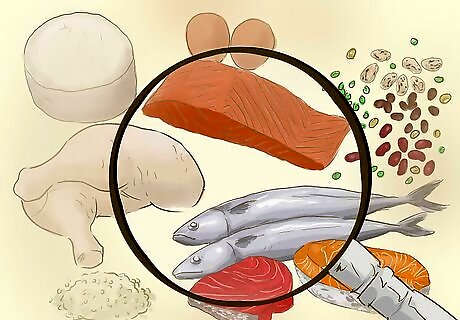
Check your diet. A diet poor in iron and protein can result in a scalp that's poor in hair coverage. Lack of proper nutrition inhibits the body's ability to function. Poor nutrient intake can directly cause hair loss. It is possible your hair loss is related to your diet and may be mediated with dietary means. Eating disorders such as anorexia or bulimia can lead to hair loss. Crash dieting is another factor in hair loss, combining poor nutrition with a form of bodily shock. Your body sees it simply as starvation.
Treating Hair Loss
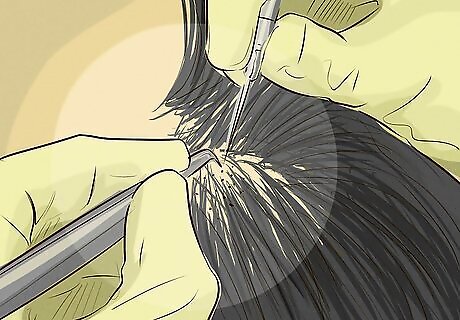
Get medical help. Once you determine that you are indeed going bald, and that's it's something you have no control over, such as genetics, you can either accept your body as is or you can try to "fix" it. The efficacy of such treatments will depend on your genetics, your disposition, and your financial wherewithal. It is important to note that, while medical treatments have been shown to have some effectiveness, none of them will be able to completely reverse male pattern balding. Minoxidil (the active ingredient in Rogaine) is an over-the-counter solution for some types of baldness. It's had some success in slowing or even rejuvenating hair growth. However, minoxidil is only effective on hair loss on the back of the head, not on the front. Side effects include irritation and unwanted hair growth on the face. Finasteride (Propecia) is a prescription medication pill taken daily for treating male-pattern baldness. Results include slowing of hair loss and some in some, new hair growth. Side effects may include depression, diminished sex drive and sexual function, and a low-but-present risk of a fast-growing prostate cancer, and is not recommended for women of child-bearing age. Hair transplants, or hair plugs, work by transplanting tiny clumps of skin, each containing a few hairs, from the back or sides of your scalp. These clumps are then plugged into the bald sections of your scalp. This won't stop balding, and may require occasional additional treatments as your hair loss progresses. Scalp reduction surgically removes some of the bald skin on your head. The bald skin is removed, and the hairy scalp is moved into place.
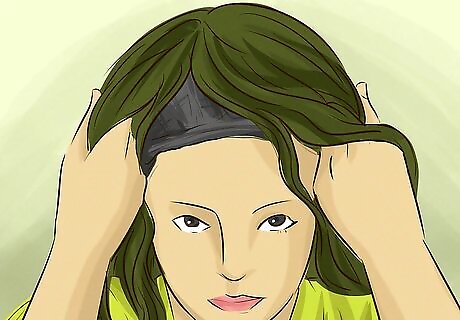
Wear a wig. You may not want the pain of plugs or the possibility you'll maybe regrow some of your hair. You may be suffering from non-permanent hair loss if, for example, you're subject to chemotherapy treatments. There is the tried and true alternative that men and women have used for centuries: the humble wig. Wigs come in all shape, styles, colors, and materials. You can pick up a few cheap wigs to find out what styles and colors work for you, or you can find a custom wig maker in your area who can recreate your normal styling so that your rug looks perfectly natural. Human hair wigs are available, and can be exceptionally good—for an exceptional price. Some charitable organizations, notably Locks of Love, offer wigs to children with long-term or permanent hair loss. These are made of human hair, and are available to a limited number of recipients for free or for affordable prices, depending on needs. To fund the charity, they also sell wigs retail. This could be a good source if you want a human hair wig, and wish to support a charitable cause at the same time.
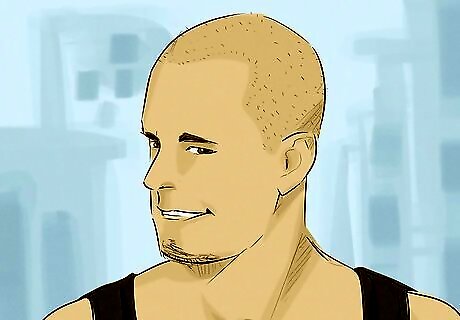
Embrace it. Embrace baldness with bald-friendly hairstyles such as a buzzed/shaved head. Think about all the handsome and impressive people who have rocked the bald look over the years — Bruce Willis, Michael Jordan, Vin Diesel, Samuel L. Jackson, Patrick Stewart, Larry David, Jason Statham, Andre Agassi... there's a long, long list of people who have embraced their baldness and have not allowed it to hold them back. It didn't stop Sean Connery from being named People Magazine's "Sexiest Man Alive" in 1989. According to a study in Social Psychological and Personality Science journal, men who are completely bald were found to be more masculine, dominant, taller, and stronger than men with hair.


















Comments
0 comment